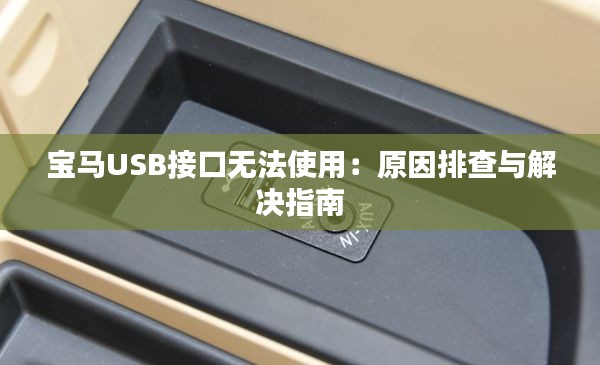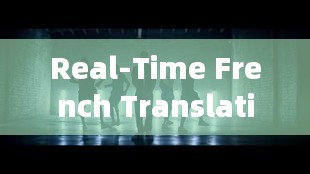Real-Time French Translation: Breaking Barriers in Communication
In today's globalized world, communication across languages has become more crucial than ever. With the advent of technology, real-time translation has emerged as a game-changer, making it possible for people to bridge the language gap effortlessly. One of the most sought-after real-time translation services is French, a language rich in history and culture. This article delves into the concept of real-time French translation, its significance, and the technology behind it.
Understanding Real-Time Translation
Real-time translation refers to the immediate conversion of spoken or written language from one language to another. It is a technology that allows for seamless communication between individuals who speak different languages. Unlike traditional translation methods that require time for interpretation, real-time translation provides instant results, making it ideal for various applications, such as business meetings, international conferences, and personal interactions.
The Importance of Real-Time French Translation
French is one of the most widely spoken languages in the world, with over 220 million speakers. It is an official language in 29 countries and is one of the six official languages of the United Nations. The significance of real-time French translation can be highlighted through the following points:
- Global Business Communication: Many multinational companies operate in French-speaking countries, and real-time translation ensures that business meetings and negotiations are conducted smoothly.
- International Travel: With the increasing number of tourists visiting French-speaking countries, real-time translation can help them navigate and communicate effectively with locals.
- Cultural Exchange: Real-time translation fosters better understanding and appreciation of different cultures, promoting global harmony.
- Education: It enables students and educators to access a wealth of resources in French, broadening their knowledge and skills.
Technology Behind Real-Time French Translation
Real-time French translation relies on advanced technologies such as artificial intelligence (AI), machine learning (ML), and natural language processing (NLP). Here's a brief overview of how these technologies work together to provide accurate and efficient translation:
- Artificial Intelligence: AI algorithms analyze vast amounts of data to identify patterns and relationships between words and phrases.
- Machine Learning: ML algorithms use these patterns to train the translation model, improving its accuracy over time.
- Natural Language Processing: NLP techniques enable the translation model to understand the context and nuances of the source language, ensuring a more accurate and natural translation.
Popular Real-Time French Translation Tools
Several real-time French translation tools have gained popularity over the years. Here are some of the most widely used ones:
- Google Translate: A widely accessible online translation service that supports real-time French translation for both text and speech.
- Microsoft Translator: An AI-powered translation tool that offers real-time French translation for text, speech, and images.
- DeepL Translator: A relatively new entrant in the market, known for its high accuracy in translating French text.
- IBM Watson Language Translator: A cloud-based service that provides real-time French translation for text, speech, and images.
Challenges and Limitations
While real-time French translation has made significant advancements, it still faces certain challenges and limitations:
- Lack of Contextual Understanding: Some translation tools struggle to understand the context of a sentence, leading to inaccuracies.
- Language Complexity: French, like any other language, has complex grammar and idiomatic expressions, which can be difficult to translate accurately.
- Spoken Language Limitations: Real-time speech translation may face challenges with accents, dialects, and slang.
The Future of Real-Time French Translation
As technology continues to evolve, the future of real-time French translation looks promising. Ongoing research and development in AI, ML, and NLP are expected to further enhance the accuracy and efficiency of translation tools. Additionally, advancements in hardware, such as voice recognition and speech synthesis, will make real-time translation more accessible and user-friendly.
In conclusion, real-time French translation has become an invaluable tool for breaking language barriers and promoting global communication. With continuous technological advancements, we can expect even more sophisticated and accurate translation services in the future, making our world a more connected place.
The Future of Communication: Real-Time Translation on Company Sites
The Rise and Fall of Hot Products: Understanding the Ephemeral Trend in Consumer Goods
Navigating the English Language Trending Topics Chart: A Comprehensive Guide
郑恺新剧携手itranslate实时翻译,跨越语言界限演绎精彩故事!
Unlocking the Power of Real-Time Events: Engaging Audiences in the Moment
The Evolution of Real-Time Translation at English Conferences












 蜀ICP备08106559号-1
蜀ICP备08106559号-1